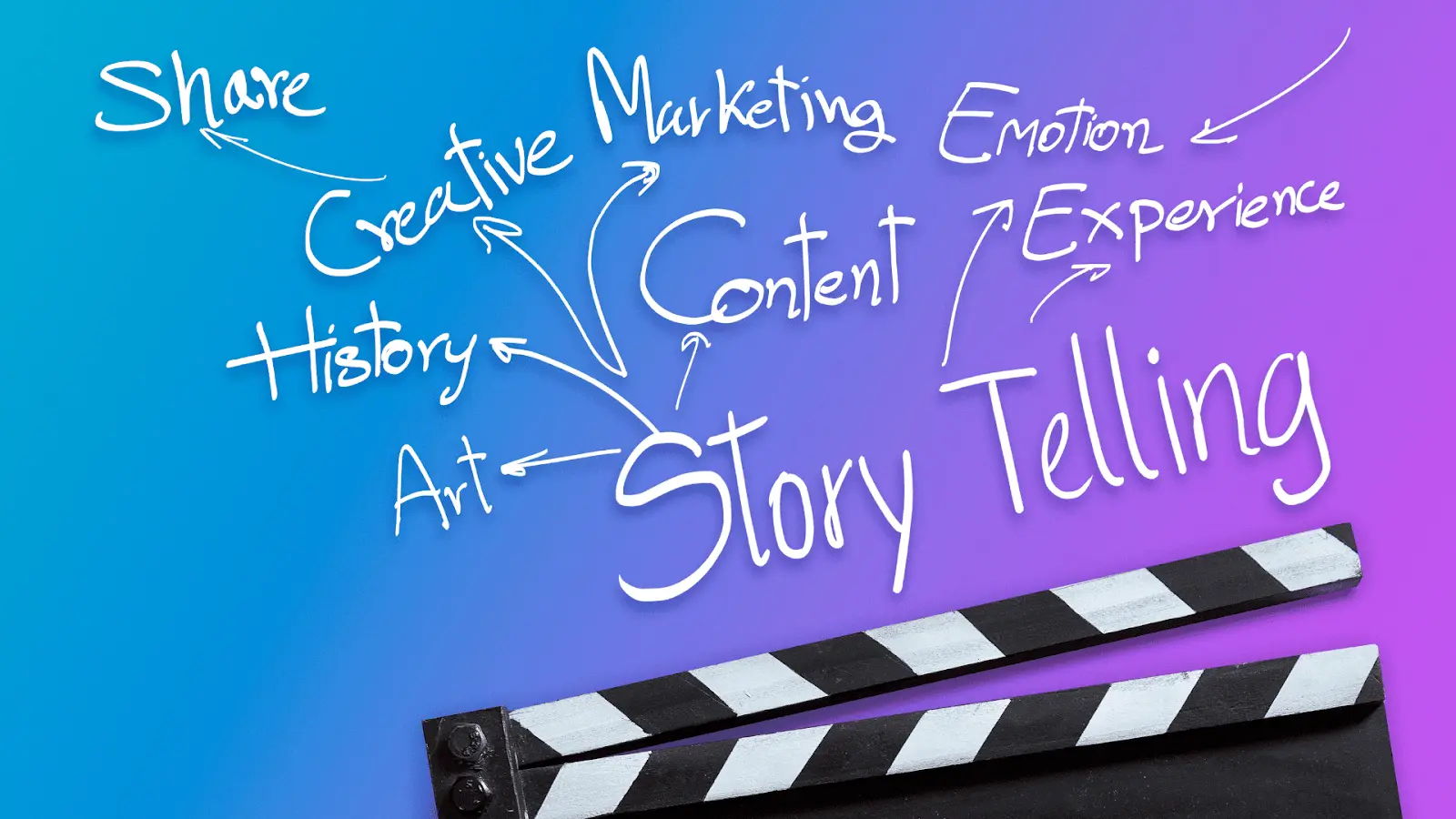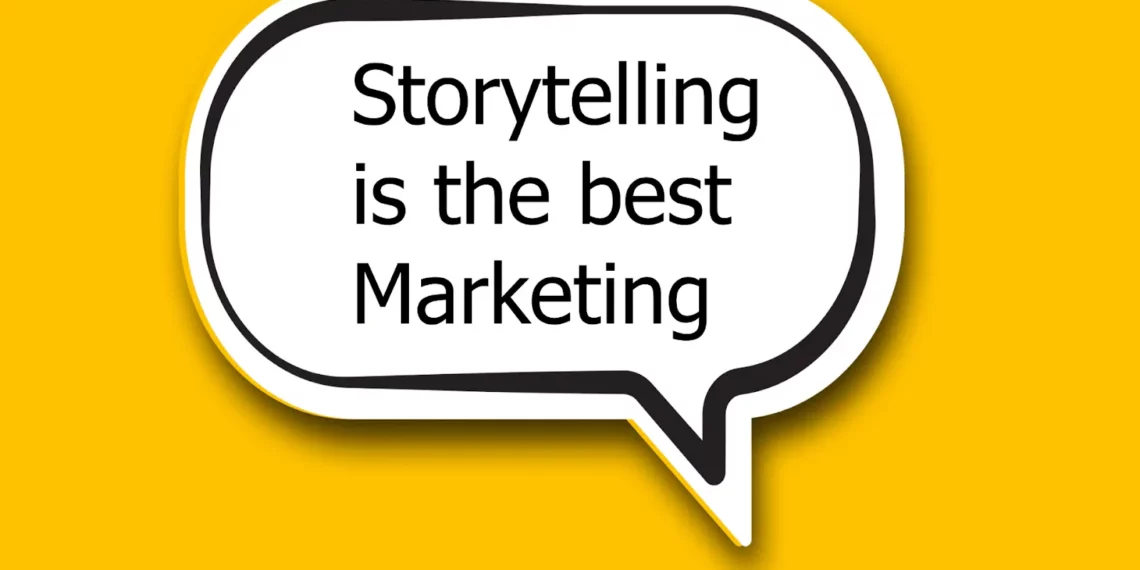In a world overwhelmed with marketing messages, facts alone are no longer enough. The brands that stand out are the ones that know how to tell compelling stories. Storytelling helps build connection, share values, and capture attention where a basic sales pitch would fall flat.
But how do you tell a story that truly resonates with your audience? Here’s a practical method—illustrated with 3 powerful examples—to help you weave storytelling into your brand strategy.
Simple Definition: What is storytelling?
Storytelling, or “narrative communication,” is the art of structuring a message in the form of a story to emotionally engage an audience. It involves using characters, stakes, context, tension, and resolution—just like in fiction—but in service of a marketing goal.
Put simply: instead of explaining why your product is great, show how it transforms a customer’s life.
Why Use Storytelling for Your Brand

Effective storytelling is built on key elements that work together to captivate your audience and deliver your brand’s message.
In today’s information-saturated world, simply listing your products or services isn’t enough. Storytelling is a powerful tool to grab attention, build emotional connection, and make your brand stick in your customer’s memory.
Here’s what storytelling actually allows you to do:
- Boost retention and word-of-mouth: a good story sticks, gets shared, and is retold. It’s a true impact multiplier.
- Create emotional attachment: people don’t just buy a feature—they buy a story, a vision, a feeling. A brand that tells its story well becomes one people love.
- Humanize your communication: instead of focusing on numbers or “performance,” you show who you are, where you come from, and why you do what you do.
- Structure your messaging: a well-crafted story brings flow to your pitch while making your messages easier to understand.
- Highlight your uniqueness: your journey, your values, or the transformations your clients experience are one-of-a-kind. They’re your strongest tools for standing out.
The Ingredients of a Story That Works

Storytelling relies on a clear narrative structure, but also on human and emotional elements that spark connection. A strong brand story isn’t fiction—it’s an authentic, structured, and strategic narrative.
Here are the essential ingredients:
| Element | Why It Matters | Concrete Example |
|---|---|---|
| A main character | Creates immediate identification | A client, team member, or founder |
| A clear problem | Sparks attention and interest | An overwhelmed customer, a personal injustice |
| A transformation | Shows the value of your solution | Before/after, or a challenge overcome |
| A strong message | Anchors your positioning and values | “Beauty has no standard” (Dove) |
| A believable setting | Gives context and makes the story vivid and real | Product launch during lockdown |
| Real emotions | These are what people remember | Relief, pride, anger, joy… |
🔑 Don’t forget: the goal isn’t just to entertain, but to deliver a meaningful message in an emotional and memorable way.
3 Powerful Storytelling Examples

1. Nike – “Dream Crazy” featuring Colin Kaepernick
Nike doesn’t just sell sneakers—it sells conviction. By spotlighting a controversial athlete, the brand boldly declares: “Believe in something, even if it means sacrificing everything.”
The result: global buzz, strong support from its target customers, and an even bolder brand image.
2. Dove – “Real Beauty”
Dove features everyday women in its ads and celebrates body diversity. The story? Beauty isn’t a filter—it’s real.
Result: An engaged community and a socially meaningful brand position that stands out.
3. Apple – “The Origin of the iPhone”
Apple shares the behind-the-scenes story of its flagship product. No complex tech talk—just a human journey: challenges, failures, moments of doubt… and success.
Result: Storytelling that fuels the Apple myth and deepens customer loyalty.
How to Create Effective Brand Storytelling
Building great storytelling isn’t just about “sharing an anecdote.” It’s a strategic effort, rooted in your brand identity and designed to support a clear marketing goal.
Here’s a step-by-step method in 5 stages:
1. Clarify what you want to communicate
Start with the end in mind: what should your audience remember? What image of your brand do you want to reinforce? Identify a core value, a promise, or a positioning to guide your story.
2. Find the right story
Draw from:
- A transformational client testimonial
- A key milestone in your brand’s journey
- A revealing anecdote (challenge, tough decision, turning point)
- A powerful moment shared with your community
3. Structure your story
Use a simple and effective framework:
- Context: where, when, who?
- Problem: what challenge or tension?
- Transformation: what solution, change, or lesson?
- Result: what impact or outcome?
- Key message: what should be remembered?
4. Choose the right format
Adapt your story to the appropriate channel:
- LinkedIn post → highlight values or professional experience
- Instagram Story → behind-the-scenes and personal connection
- YouTube video → emotional and visual storytelling
- Newsletter → intimate story or exclusive testimonial
- “About” page → origin story or brand manifesto
5. Be genuine and consistent
Authenticity is non-negotiable. Avoid exaggeration. Highlight elements that are verifiable, human, and sincere. And make sure that your tone, message, and visuals stay aligned with your brand.
🧠 Storytelling doesn’t replace your strategy, it embodies it. It doesn’t make you credible, but it makes your credibility visible.
If you’re just starting out on TikTok, some platforms offer free TikTok followers to give your account an initial boost. This kind of push can help your first videos reach a wider audience—provided it’s part of a real content strategy. Genuine storytelling, combined with a bit of early visibility, can make all the difference.
Others also choose to buy TikTok followers to boost their visibility—especially when launching a narrative content series or a high-impact campaign. This tactic can catch the eye in the first few seconds… but it will never replace a well-told story. Substance always matters more than numbers.
FAQ – Storytelling & Brands
Does storytelling work for small businesses?
Yes. Whether you're a craftsperson, startup, or freelancer, a good story always resonates. Focus on authenticity.
Do I need to create a story for every piece of content?
No, but include at least some narrative elements in your key messages (client example, metaphor, journey…).
Does storytelling work in B2B?
Yes—especially to humanize your approach, highlight your values, or showcase client results.
Consultez aussi :



